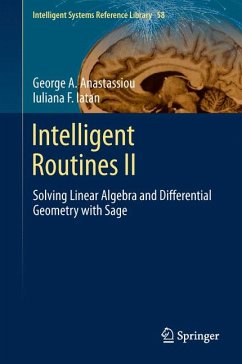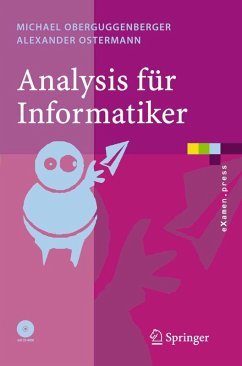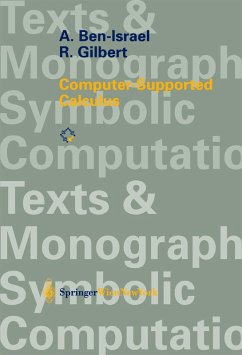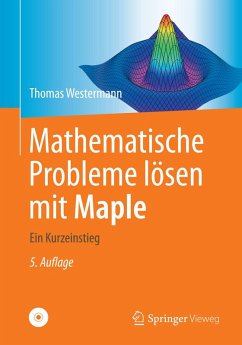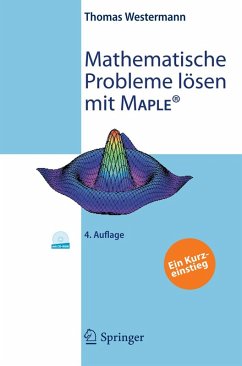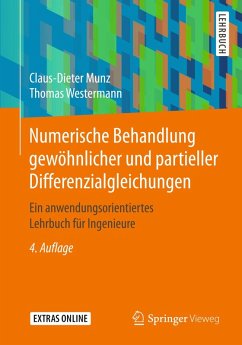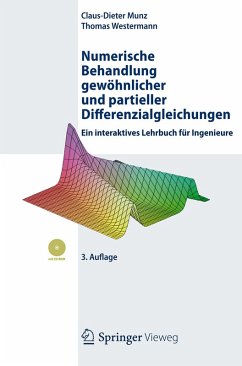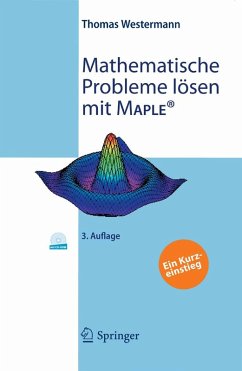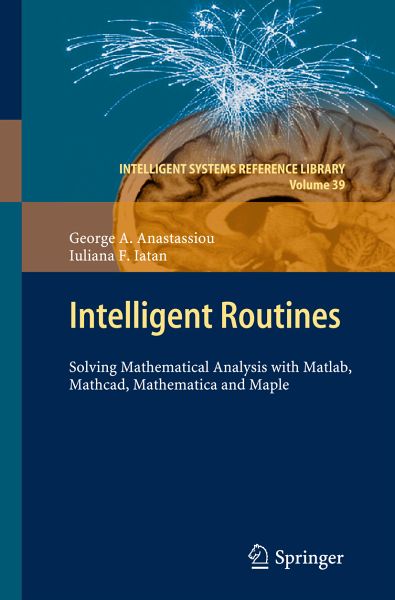
Intelligent Routines (eBook, PDF)
Solving Mathematical Analysis with Matlab, Mathcad, Mathematica and Maple
Versandkostenfrei!
Sofort per Download lieferbar
191,95 €
inkl. MwSt.
Weitere Ausgaben:

PAYBACK Punkte
96 °P sammeln!
Real Analysis is a discipline of intensive study in many institutions of higher education, because it contains useful concepts and fundamental results in the study of mathematics and physics, of the technical disciplines and geometry. This book is the first one of its kind that solves mathematical analysis problems with all four related main software Matlab, Mathcad, Mathematica and Maple. Besides the fundamental theoretical notions, the book contains many exercises, solved both mathematically and by computer, using: Matlab 7.9, Mathcad 14, Mathematica 8 or Maple 15 programming languages. The ...
Real Analysis is a discipline of intensive study in many institutions of higher education, because it contains useful concepts and fundamental results in the study of mathematics and physics, of the technical disciplines and geometry. This book is the first one of its kind that solves mathematical analysis problems with all four related main software Matlab, Mathcad, Mathematica and Maple. Besides the fundamental theoretical notions, the book contains many exercises, solved both mathematically and by computer, using: Matlab 7.9, Mathcad 14, Mathematica 8 or Maple 15 programming languages. The book is divided into nine chapters, which illustrate the application of the mathematical concepts using the computer. Each chapter presents the fundamental concepts and the elements required to solve the problems contained in that chapter and finishes with some problems left to be solved by the readers. The calculations can be verified by using a specific software such as Matlab, Mathcad, Mathematica or Maple.
Dieser Download kann aus rechtlichen Gründen nur mit Rechnungsadresse in A, B, BG, CY, CZ, D, DK, EW, E, FIN, F, GR, HR, H, IRL, I, LT, L, LR, M, NL, PL, P, R, S, SLO, SK ausgeliefert werden.




